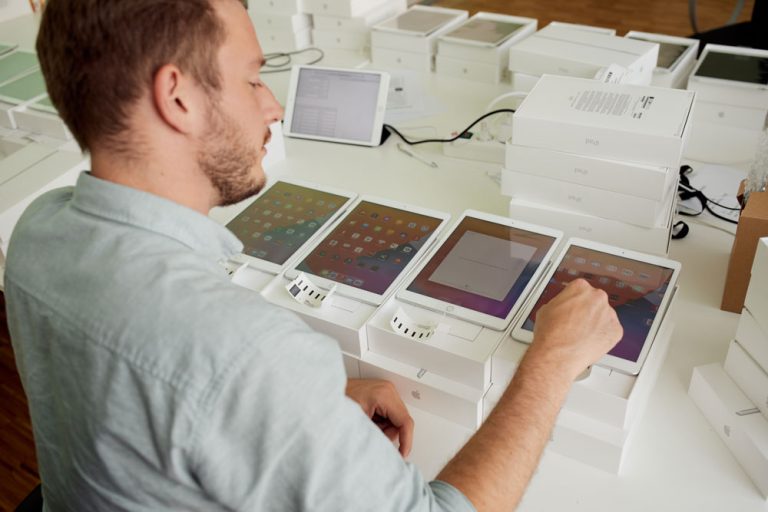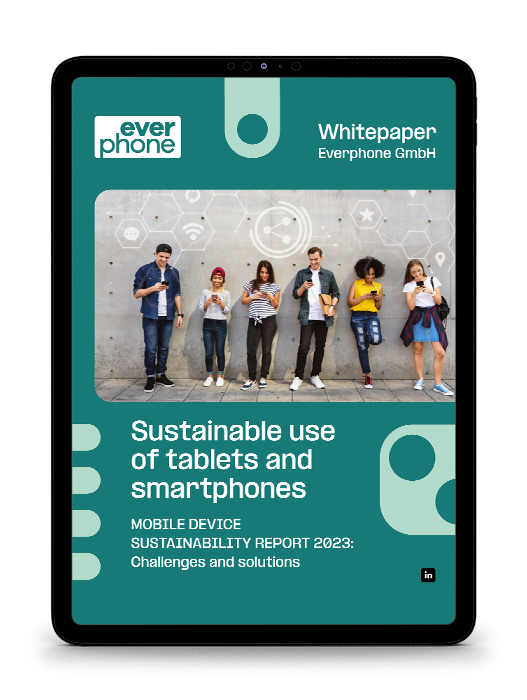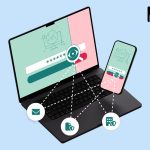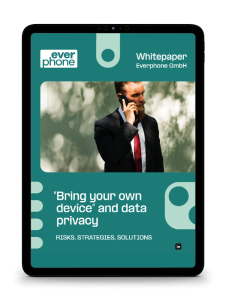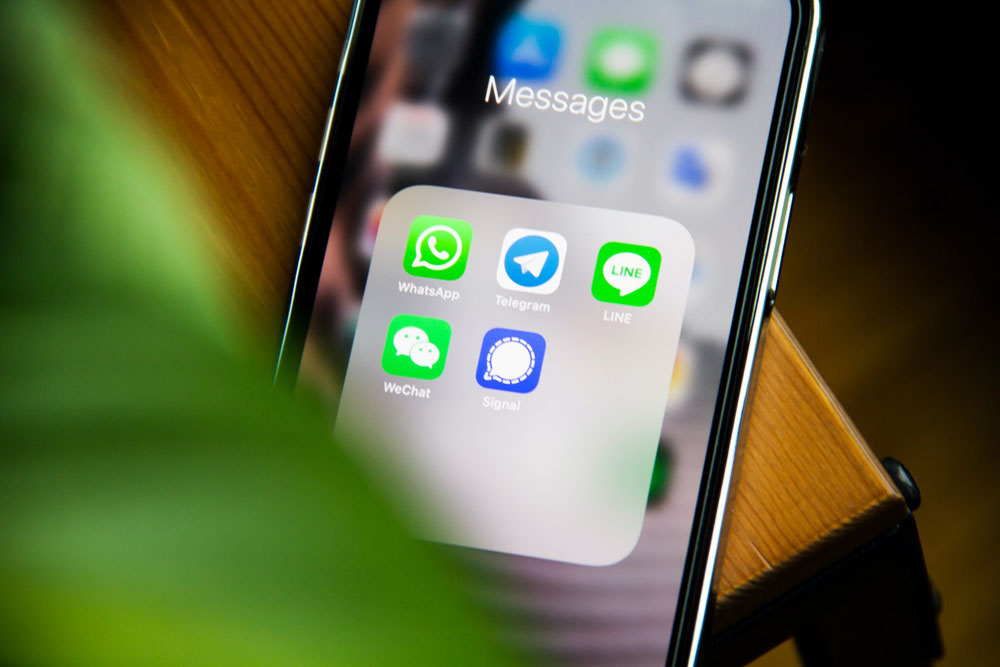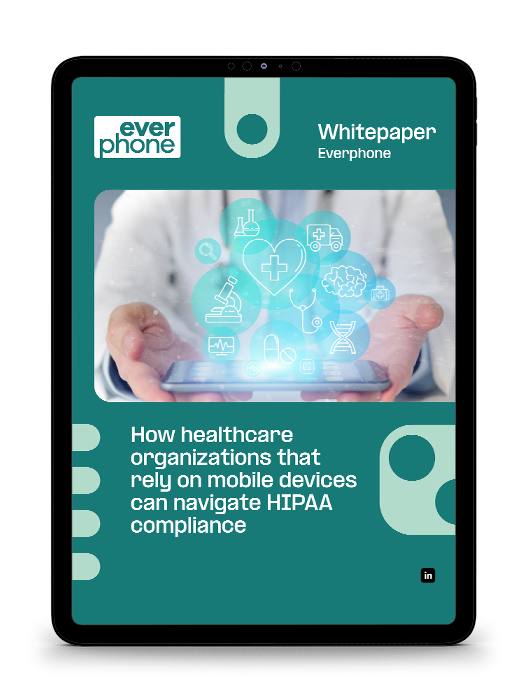Are you a remote team manager looking for ways to relieve the pressure on your team? Or maybe your business heavily relies on Internet-of-Things (IoT) devices?
Remote device management (RDM) helps keep a watchful eye on both employees and system performance. Even better, RDM solutions can improve efficiency and consistency by utilizing the latest AI technology.
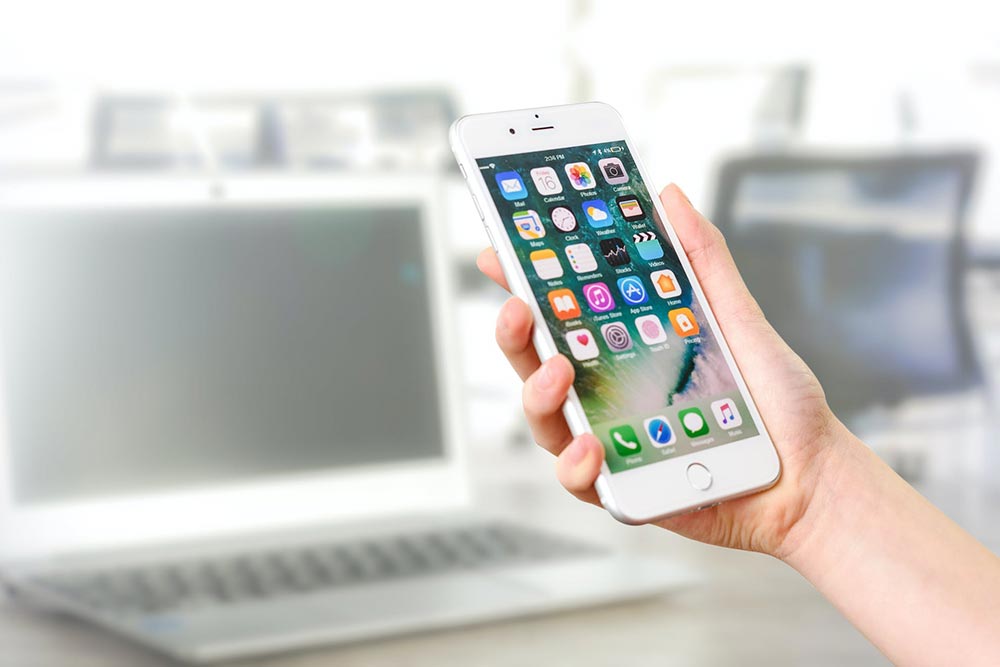
This article explores ten things you need to know about remote device management that will heighten your organization’s mobility, security, and efficiency. These will include the benefits of RDM, how automation can help, and future trends to look out for.
What is remote device management? (RDM)
RDM encompasses a range of important practices to essentially monitor, control, and manage a variety of smart devices from virtually anywhere in the world. Without remote device management, it’s easy for smart devices to get lost, misplaced, or even stolen when remote employees leave the company.
Also known as modern device management, Ivanti Remote Solutions defines remote device management as:
“It allows you to remotely monitor, provision, patch and secure your network endpoints to improve user experience, ensure productivity and protect your organization.”
From remote call center software to mobile device management remote controls, more and more companies are taking the time to invest in essential monitoring tools like these to improve business performance and more.
RDM has been proven to boost collaboration, productivity, and efficiency, and offers an array of must-have cybersecurity features too.

RDM can help improve collaboration and productivity among your team.
1. The benefits of remote device management
With 8 in 10 people working hybrid or remote in 2022 alone, there are many benefits to implementing remote device management protocols into your existing security strategy. Most notably:
- Instant access & monitoring
RDM provides remote access and usage monitoring from anywhere in the world.
Example: If your customer support team works remotely and connects to your call center platforms from different locations, the IT team or management can easily access the devices they connect from and monitor usage of the platforms. This also enables them to locate, lock, quarantine, or wipe devices in case of an emergency.
- Increased productivity
Being able to remotely install applications and trigger important updates streamlines workflows, keeping remote workers happy, focused, and motivated.
Example: Install a remote desktop application for MAC users to securely access and operate all MAC devices from their tablet, PC, or phone. Real-time data backups help remote workers feel supported and valued.
- Enhanced cybersecurity
By enforcing security policies and compliance standards, remote device management helps protect sensitive company data and safeguard against any potential compliance issues further down the line.
Example: Ivanti Mobile Threat Defense uses machine learning algorithms that are optimized to run continuously on the device and can detect threats even when the device is offline.
- Reduced costs
By reducing hardware, maintenance, and on-site costs, running costs are considerably less.
Example: Remotely troubleshooting mobile devices.
- Supports business growth & mobility
As you scale your business, having a large number of devices can become overwhelming and chaotic to manage. RDM makes the process much easier and smoother as you grow.
Example: Sending a command to multiple mobile devices and automating crucial tasks across the network.
2. The benefits of automating RDM tasks
Human error costs businesses trillions of dollars a year. Streamlining workflows even further and automating remote device management tasks holds many more benefits than cost alone. These include:
- Faster updates and configurations,
- Improved accuracy, quality, and consistency,
- Less room for human error,
- Open all hours,
- Prompt remedial actions,
- Helps you stay compliant,
- Automatically gathers important analytics and creates reports,
- Increased employee retention and customer satisfaction,
- Boosts your organization’s green credentials by eliminating paper use,
- Saves time that you can reinvest into areas of the business that need attention.
So, for example, if you monitor calls, you can use remote device management to set time limits and reduce both downtime and labor costs.

Automating RDM tasks such as setting time limits can be faster and more cost-effective.
3. What type of remote device management tasks should you automate?
If possible, all repetitive and time-consuming RDM tasks that require perfection should be automated. Remote device analytics and reports are prime examples of highly error-prone tasks that are perfect for automating. Other tasks to consider automating include:
- Password reset / Service restart,
- File monitoring,
- Identity management; e.g., user authorization roles,
- Event log monitoring,
- Freeing up crowded server space,
- Workstation shutdown at a specific time and place,
- SQL queries, e.g., automatically updating statistical data in an SQL database.
Of course, you cannot completely automate all tasks. But remote device management can streamline the process and give your team more time to focus on tasks that require the human touch and unique decision-making skills.
4. How can I automate remote device management tasks effectively?
Now that you have a better idea of which RDM tasks you can automate, here are three proactive ways to start optimizing your remote device management workflows.
Fence-based policies
What is it? Network or geo-fencing policies restrict users from accessing data outside the network.
Example: Enabling geofencing to define and apply location-based mobile security policies on managed smartphone devices.
Benefits: Makes managing and monitoring your remote team’s attendance easier, cheaper, and more secure.
Automated alerts
What is it? Automatic alerts that detail real-time device events.
Example: Automatic alerts whenever suspicious activity is detected.
Benefits: Consistent control that focuses on the finer details.
Device compliance
What is it? Ensures your organization stays within the law and adheres to external rules and internal controls.
Example: Automatically pushing the latest OS updates and security patches.
Benefits: Boosts network security and protects against data loss and device theft.
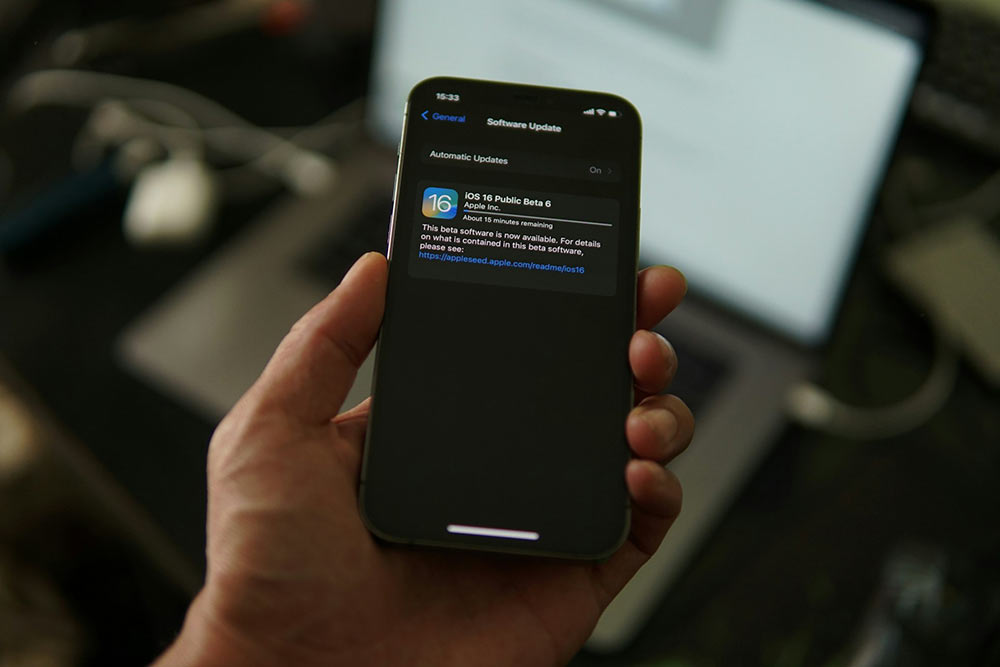
Automating system upgrades ensures devices remain compliant.
5. What is mobile device management?
Essentially, mobile device management (MDM) is a specific aspect of remote device management.
In terms of mobile phone application threats, modern mobile device management can protect against common issues like sly threat actors. Such actors attempt to impersonate remote users to reassign a phone number to a new SIM card. If successful, hackers can go on to reset passwords and bypass SMS-based two-factor authentication protocols, which no-one wants. Mobile device management protects against risks like these and much more.
6. What can mobile device management see?
Mobile device management can see whatever the user has approved it to see, from current location to installed configurations and everything in between. That said, to comply with existing app developer policies, first and foremost, MDM software must be granted permission to collect that information.
7. Can MDM track browsing history or read text messages?
No. Compliant MDM frameworks never access personal data, including the user’s browser history, text messages, and emails. Also, the majority of iOS and Android apps are securely encrypted and sandboxed (isolated) to protect against potentially malicious software. Unless the device is jailbroken (software and network limitations have been removed), mobile device management keeps private data 100 percent private.
8. Can MDM see my camera?
Again, permission is needed to access a device’s camera. With the increase in hybrid and remote working, screen monitoring software has become a valuable asset for enhancing productivity, improving project management, and identifying comprehensive performance insights.
9. Future remote device management trends to look out for
It’s safe to say that remote work is here to stay. So, to help you future-proof your remote device management strategy, here are a couple of future device management trends to keep on your radar.

It’s important to understand how trends will impact you and adjust your strategy as needed.
IoT & MQTT
MQTT stands for Message Queuing Telemetry Transport. In simple terms, it’s a set of rules that enables machine-to-machine communication (M2M).
The software is designed for connections with remote locations that have devices with resource constraints or limited network bandwidth. Without MQTT, remote smart devices like cars, wearables, and remote sensors can’t “talk” to each other and exchange essential information.
MQTT is scalable, reliable, and able to handle large volumes of data. With massive growth predicted in future global IoT markets by 2030, the ability to manage MQTT effectively is set to increase too.
Remote device management automation
Automation has become the key to streamlining remote device management, and the trend is set to continue. So, leveraging the best automation tools should be an essential part of your future device management strategy.
Remote device automation trends to look out for include device deployment automation (e.g., automatically connecting to a Wi-Fi network) and ‘set it and forget’ device update automation.
Rethink your digital security strategy with remote device management
As we move into the age of remote and hybrid working, the need for supervising remote devices effectively has never been greater. Modern technology like remote device management is revolutionizing the way organizations manage remote employees and track external inventory and performance.
With increasing numbers of people using their smartphones for work, rest, and play, mobile device management has become a vital tool for improving internal productivity and efficiency levels.
Whether fully remote or hybrid, integrating a remote device management system into your cyber-security audit checklist really is worth its weight in gold.
